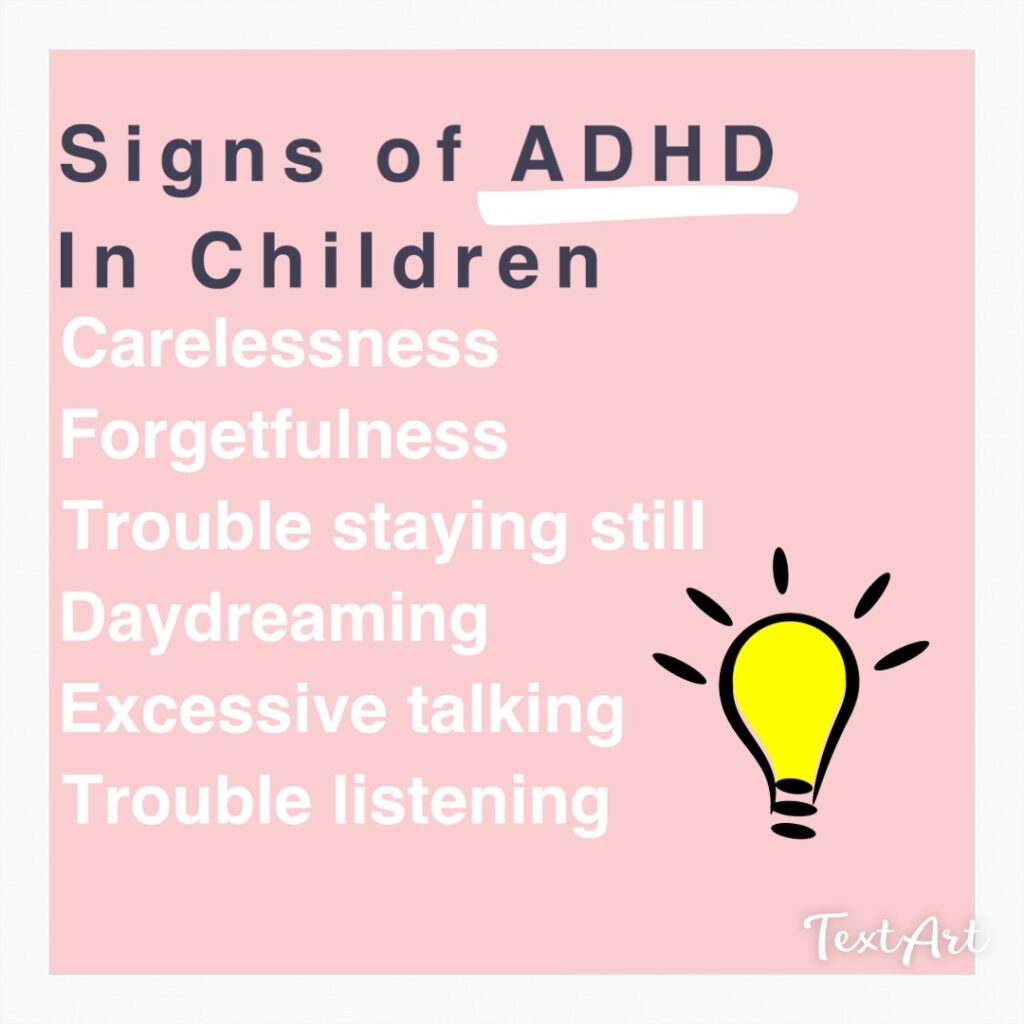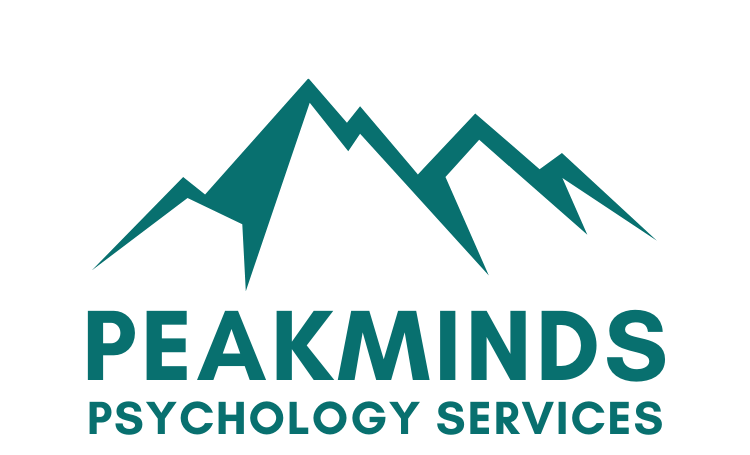Author: Keeley Joyce, January 30, 2022
What is ADHD?
Attention-Deficit/Hyperactivity Disorder frequently referred to as ADHD, is most commonly found in children. ADHD is a neurodevelopment disorder that generally gets detected in childhood although can sometimes go undetected until adulthood. Children usually display high energy and impatience, although if a child can never sit still, has extreme trouble paying attention, often demonstrates inappropriate behaviors they could be experiencing ADHD. A child with ADHD may frequently daydream, forget or lose things, squirm, or fidget. They often exhibit a hard time resisting temptations or getting along with peers.
Adults who experience ADHD regularly have trouble being on time, are unable to stay organized, and are forgetful. These difficulties can interfere with many areas in a person’s life from relationships through to career. Too often a person can have undetected ADHD. As a child, they may have been deemed as a “troublemaker” “class goof” or even “lazy.”
As an adult the symptoms now result in difficulty dealing with adult responsibilities such as bills, jobs, children, etc. Adults with undiagnosed ADHD may even have recurring incidents of accidents and reckless driving. Often undiagnosed ADHD can cause listening problems and inability to pay close attention to detail which can have an effect on relationships and succeeding at work. Most people experience these symptoms with or without ADHD, but the severity of the symptoms is what differentiates the two.
Types of ADHD
There are three types of ADHD, whichever type of symptoms an individual exhibits or experiences more frequently determines which type they fall under.
Predominantly inattentive presentation:
The individual can become bored very easily and lose focus easily. They often find themselves getting sidetracked from what they intended to be doing. Individuals may have a hard time with task organization or the completion of tasks. lack of attention to details and instruction following or conversations can be noticed. Individuals with this presentation may even avoid tasks that involve mental effort. An example may be children not wanting to do homework or adults not wanting to fill out papers or other responsibilities. This individual may struggle with time management and losing items frequently.

Predominantly Hyperactive-Impulsive Presentation:
Someone who finds it hard to sit still for long periods of time. For example, this person may not be able to sit in a classroom or at work without feeling agitated or wanting to fidget and get up. In children, this may appear by the child constantly jumping or climbing. In adults this may look like the inability to wait in a grocery store line without extreme feelings of irritability. Impulsivity is noticed and frequent interruptions of others during inappropriate times. They may talk a lot and have trouble with participating in activities that involve being quiet. Often due to impulsiveness this person may be prone to accidents and injuries, this type may act impulsively without thinking of consequences.
Combined presentation:
Both symptoms of the two above categories are equally present.
What causes ADHD?
Currently, there are no known causes of ADHD, although there is some research that provides to risk factors,
which may include:
Genetics: blood relatives who have ADHD
Environmental Toxins (environmental lead)
Maternal drug, alcohol, or smoking during pregnancy
premature birth
A popular assumption is that sugar can be attributed to the cause of ADHD although there is no evidence of this being proven.
How is ADHD diagnosed?
Professionals use Guidelines from the American Psychiatric Association Diagnostic and Statistical Manual, Fifth Edition (DSM-5) to help diagnose ADHD. The DSM-5 provides a standard that is used in comparison to the individual to identify a correct diagnosis and treatment plan. Due to ADHD having effects on executive functioning cognitive tests may also be done to determine any deficits.
Therapy
Cognitive Behavioral Therapy (CBT) is one way that can help manage ADHD symptoms. CBT is a common type of talk therapy that aids in controlling thoughts and behaviors and presenting healthier thinking patterns. Studies have shown that CBT can help reduce hyperactivity, inattention, and impulsivity and improve daily functioning. Therapy for an individual with ADHD will involve creating a treatment plan that will implement strategies and techniques to help decrease struggle in daily tasks of concern.
Medication
Stimulants are the most common medication prescribed for people with ADHD. These may include Ritalin, Adderall, and Dexedrine. Stimulants work by increasing a neurotransmitter in the brain (dopamine) responsible for motivation, pleasure, attention, and movement. These types of medications help people with ADHD with concentration levels while decreasing hyperactive and impulse.
References
Centers for Disease Control and Prevention. (2021, September 23). What is ADHD?Centers for Disease Control and Prevention. Retrieved January 11, 2022, from https://www.cdc.gov/ncbddd/adhd/facts.html
Mayo Foundation for Medical Education and Research. (2019, June 22). Adult attention-deficit/hyperactivity disorder (ADHD). Mayo Clinic. Retrieved January 11, 2022, from https://www.mayoclinic.org/diseases-conditions/adult-adhd/symptoms-causes/syc-20350878
Mayo Foundation for Medical Education and Research. (2019, June 25). Attention-deficit/hyperactivity disorder (ADHD) in children. Mayo Clinic. Retrieved January 13, 2022, from https://www.mayoclinic.org/diseases-conditions/adhd/symptoms-causes/syc-20350889
Rath, L. (n.d.). Cognitive behavioral therapy for adult ADHD. WebMD. Retrieved January 11, 2022, from https://www.webmd.com/add-adhd/cbt-adult-adhd
Roth, E. (2019, January 28). Understanding ADHD inattentive type. Healthline. Retrieved January 13, 2022, from https://www.healthline.com/health/adhd/inattentive-type
Roth, E. (2021, October 14). Types of ADHD: Inattentive, hyperactive-impulsive, and more. Healthline. Retrieved January 13, 2022, from https://www.healthline.com/health/adhd/three-types-adhd#causes
Thapar, A., Cooper, M., Eyre, O., & Langley, K. (2012). Practitioner review: What have we learnt about the causes of ADHD? Journal of Child Psychology and Psychiatry, 54(1), 3–16. https://doi.org/10.1111/j.1469-7610.2012.02611.x
WebMD. (n.d.). 10 adult ADHD symptoms: Disorganization, recklessness, and more. WebMD. Retrieved January 13, 2022, from https://www.webmd.com/add-adhd/10-symptoms-adult-adhd
WebMD. (n.d.). Treatment & care. WebMD. Retrieved January 11, 2022, from https://www.webmd.com/add-adhd/guide/adhd-treatment-care
WebMD. (n.d.). Stimulant medications for ADHD treatment: Types, side effects, and more. WebMD. Retrieved January 21, 2022, from https://www.webmd.com/add-adhd/adhd-stimulant-therapy

